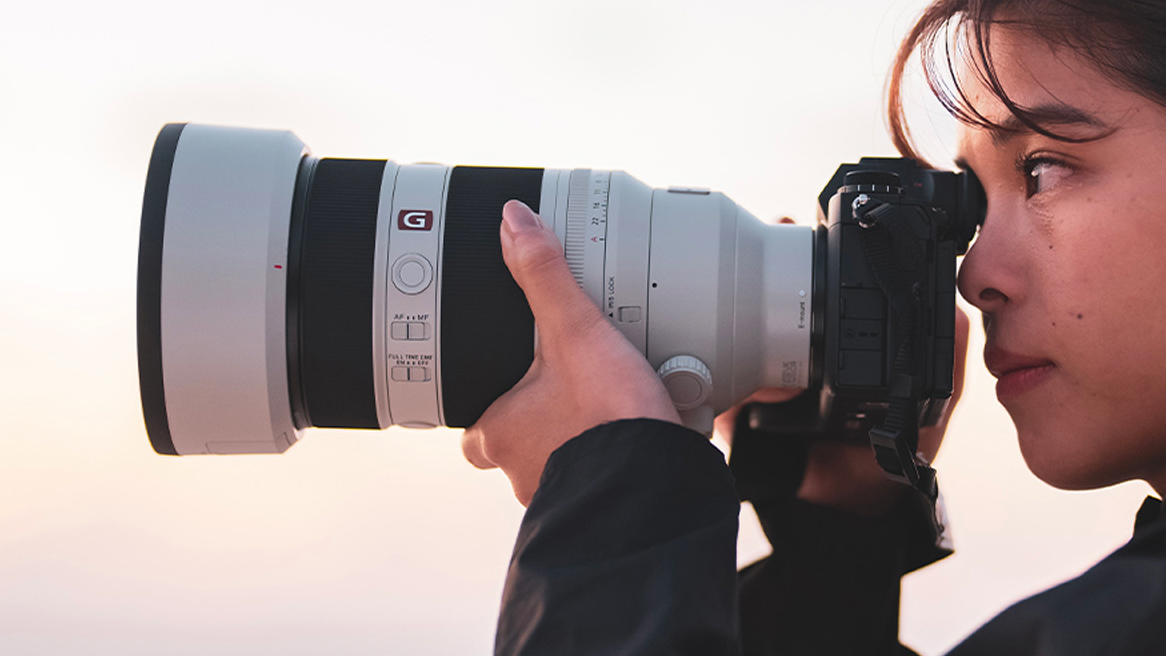I get hands-on with the world's first 360 camera drone – the Antigravity A1
Antigravity – Insta360's new drone company – announced its first drone, and I got to try it out. Here's what it was like!
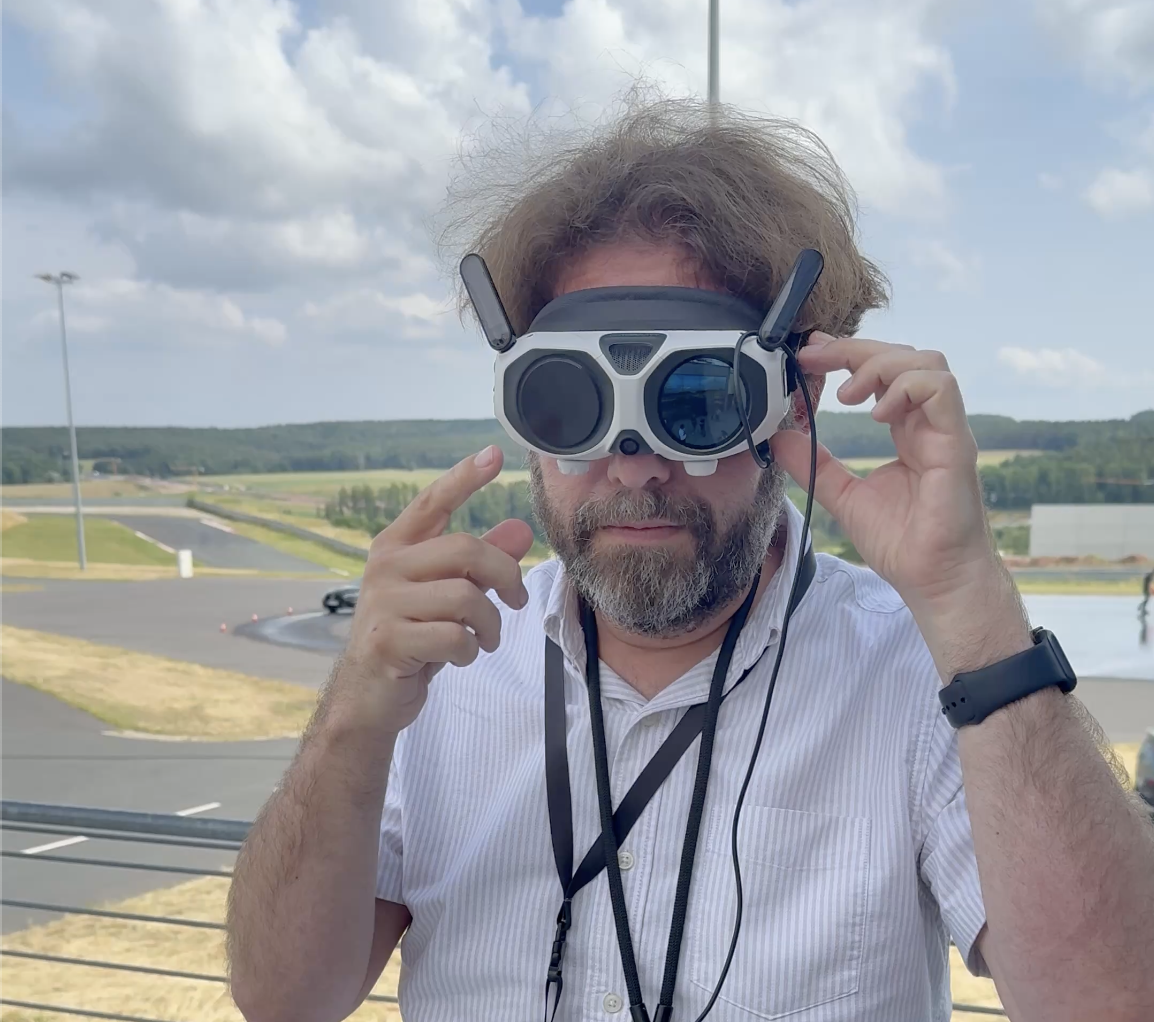
I tested the new Antigravity A1, the world's first drone with 360 degree camera system, and I'm excited to say it seems to offer a genuine alternative in a market which has delivered a lot of very similar looking products in the last few years.
Don't get me wrong – drones have not entirely stagnated, especially thanks to the emergence of the 'follow me' category (like the HoverAir X1 and DJI Neo), but the arrival of the Antigravity A1 marks a significant new step, and I was amongst the first to fly the prototype.
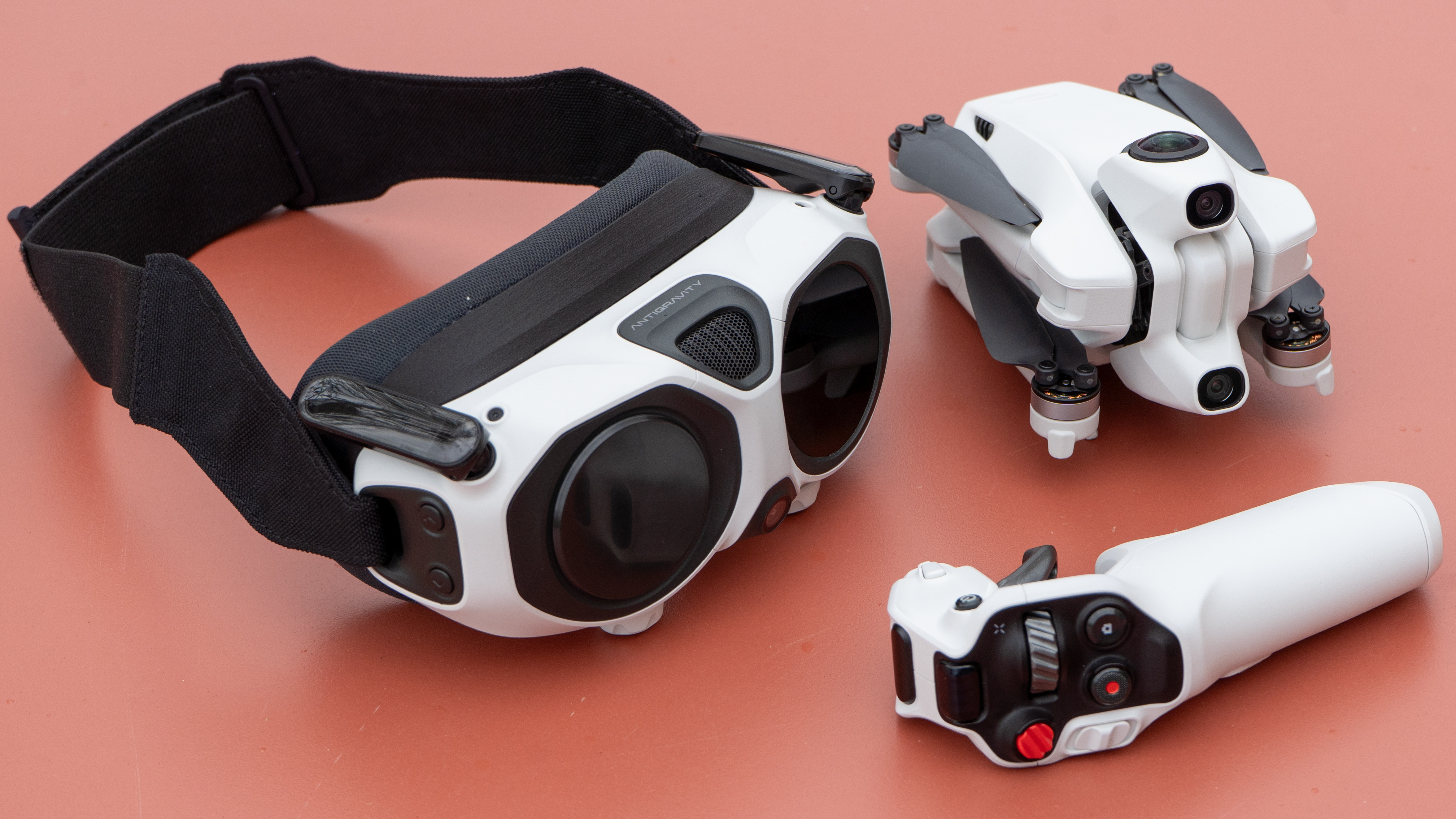
The big difference, of course, between this drone and others is that – like any of the best 360 cameras – it can see in every direction, recording video in a spherical format.
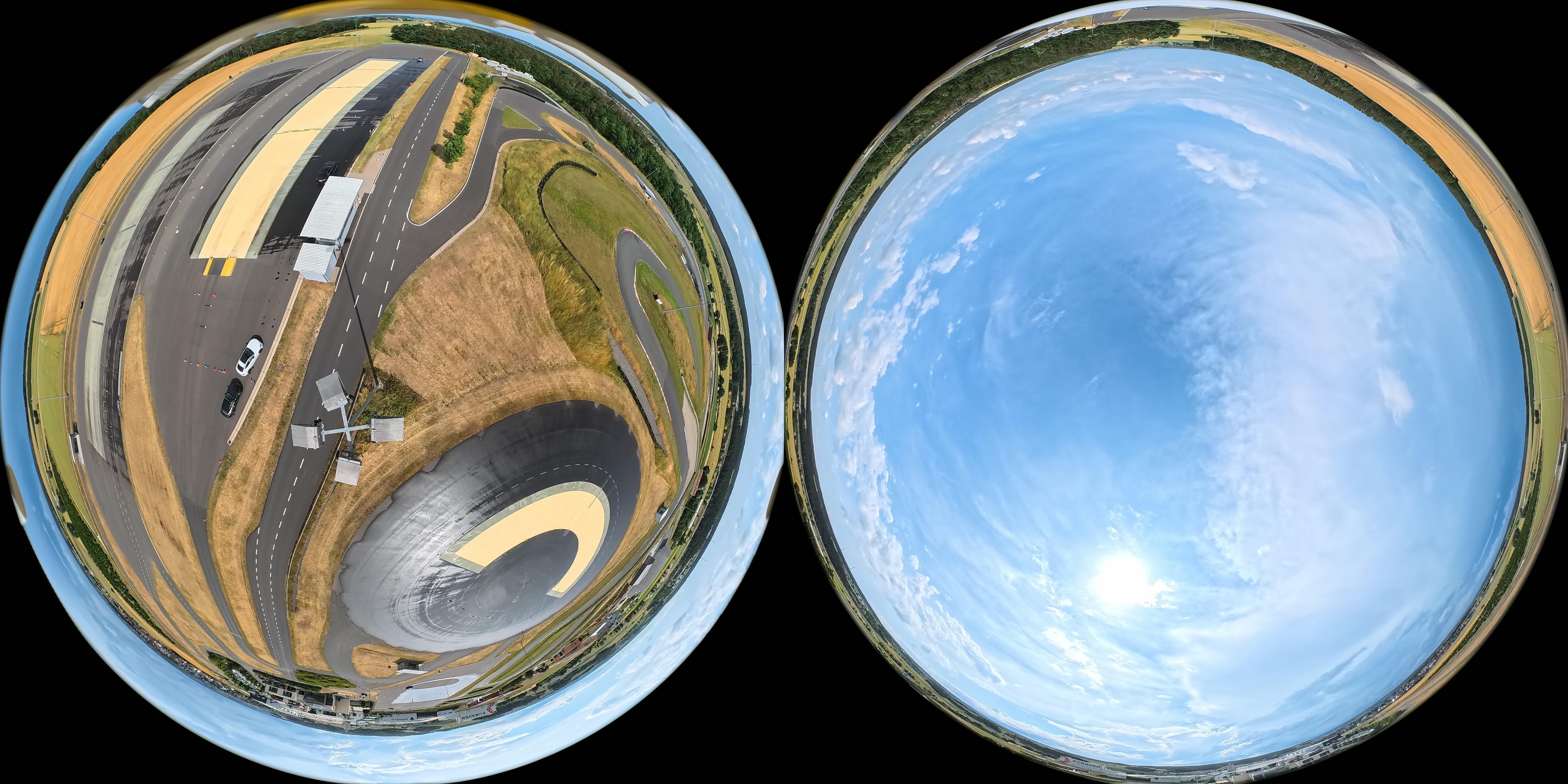
Because most drones generally produce images with a very deep depth of field – where objects near and far seem in focus – just like the images caught by 360-degree cameras – there isn't anything really lost by incorporating the technology, but there is a lot to be gained. (That's because 250g drones of all types don't have especially big sensors or wide apertures, nor are they near their subjects.)
Antigravity have nevertheless managed to squeeze one more camera into the sub 250g drone than most because 360-degree tech requires opposing fish eye cameras. The company has also added powered landing gear which removes itself from the field of the camera's view. Presumably this is achievable because the cameras are mounted to the main body with a cushioning device rather than a traditional gimbal. The 360 view means electronic image stabilization isn't really a compromise, and when I tested the drone there was no evidence to suggest otherwise.
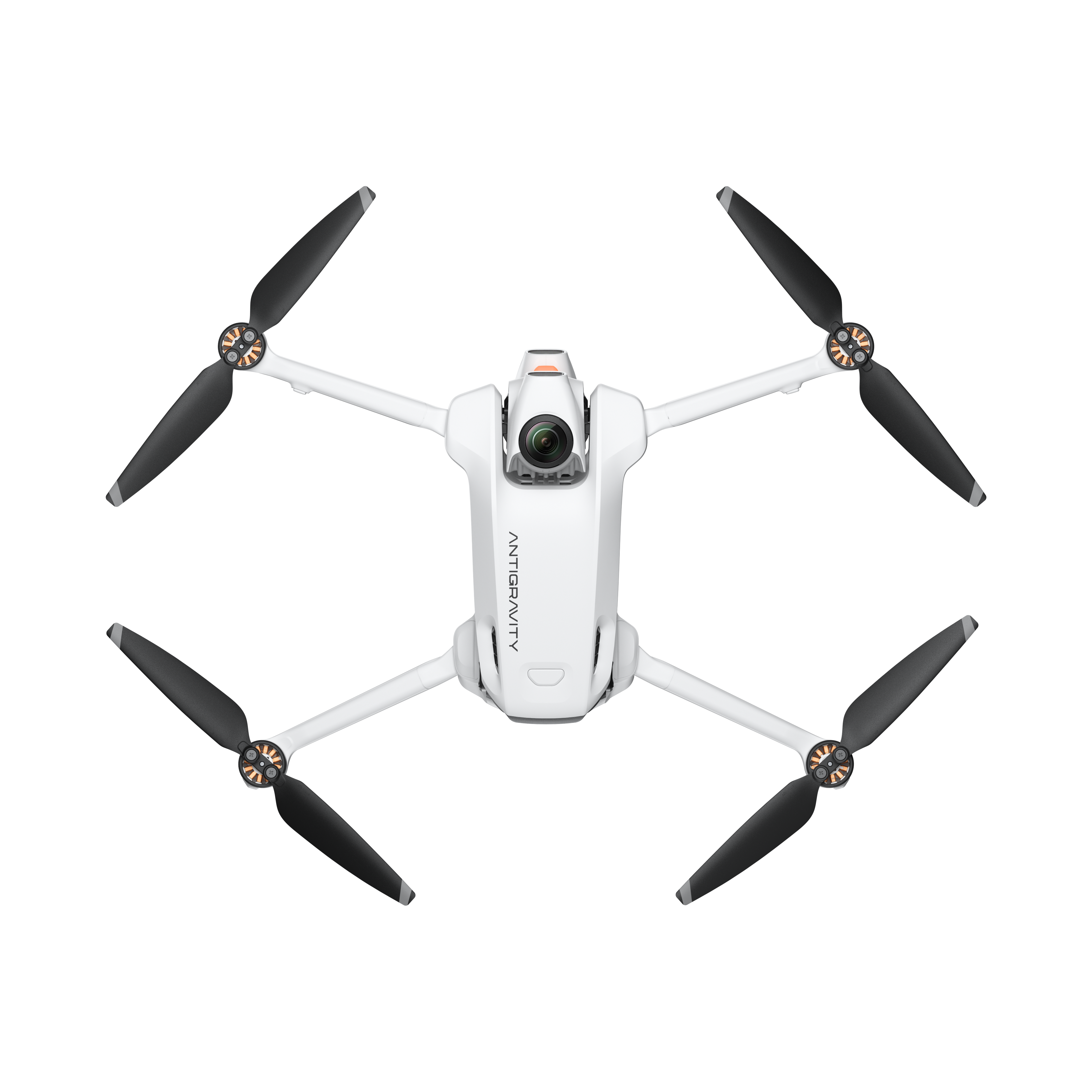
Antigravity is a new brand and a new company, but a leading investor is Insta360, and that is more than evident in the whole experience. Not only are the output specs very reminiscent of the Insta360 X5 360-degree camera – 8K video at 30fps – but the editing experience – at least in pre-release – has also been very similar in the Studio app.
It is possible to re-frame video to horizontal and vertical formats, of course (360-degree video is a gift to social content creators), but also to add keyframes and to use AI to track subjects like cars so the drone's camera appears to pan and follow a subject even if you just kept on flying in the same direction.
The best camera deals, reviews, product advice, and unmissable photography news, direct to your inbox!
Admittedly I've had a few issues with this, especially with cars, where the AI seems to have trouble following a car as it passes because (I think) the front doesn't seem to look the same as the back, but I'm sure that will improve over time.
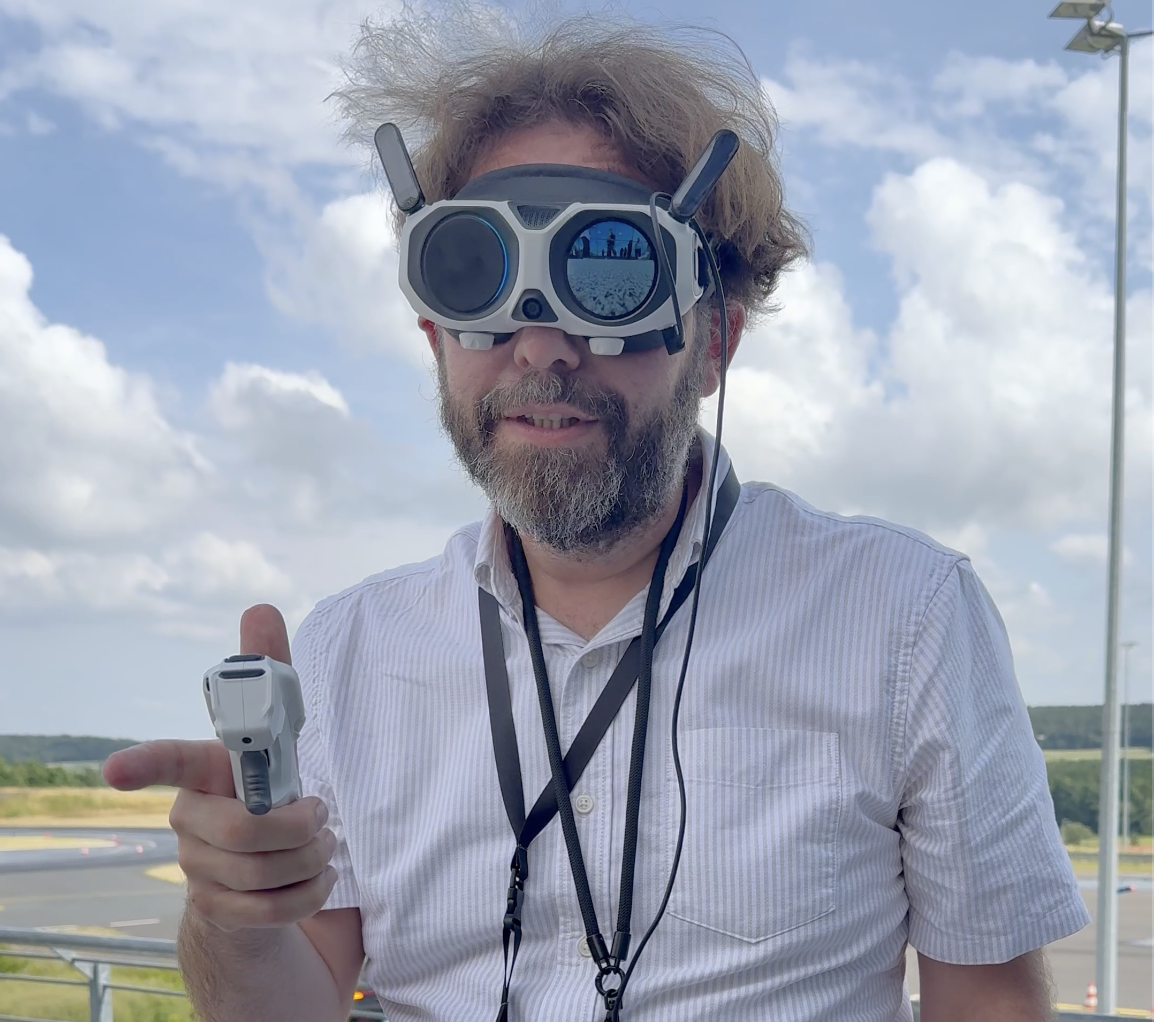
I found that the Antigravity A1 felt very premium, not least the goggles. A seemingly Apple-inspired touch was adding a screen to one of the 'eyes' so people could see what I was seeing. That's especially nice in countries like the UK where pilots of 'FPV' drones are required to have friends with them as 'spotters' (to keep an eye on the drone when the pilot cannot see directly because they are wearing goggles).
The other eye is also a device, a trackpad, so the goggles become an essential tool for interacting with the drone. The further addition of a MicroSD card for recording the feed is an additional benefit and, together with eye adjustments and a nice soft edge, puts the goggles at the premium end.
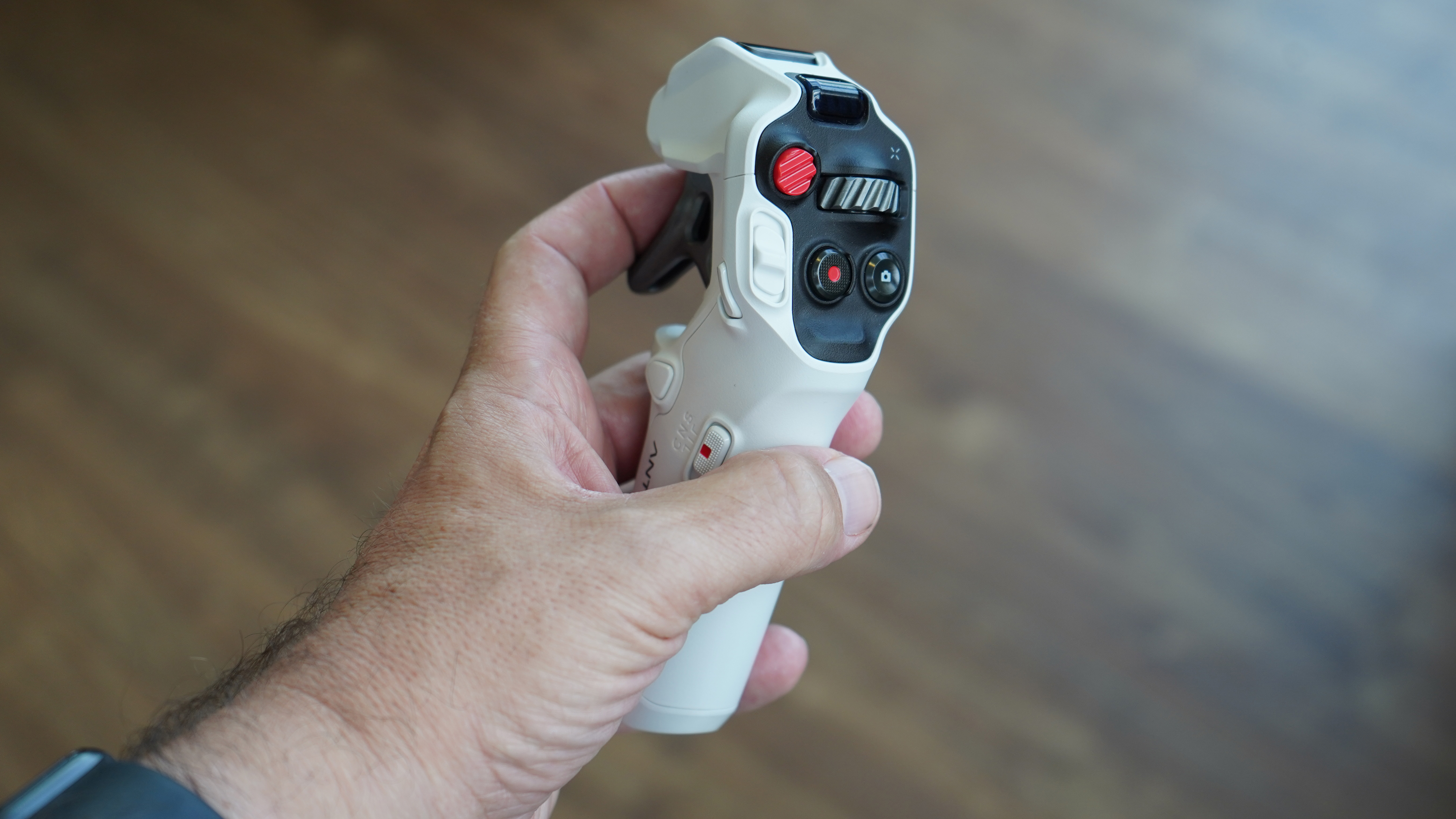
Finally, the controller, too, handles a difficult task well. As a long-time drone reviewer who has tested all of DJI's FPV models, including the latest Avata 2, the inspiration wasn't difficult to guess at. The addition of a thumb wheel to turn the view, however, became surprisingly natural very quickly though.
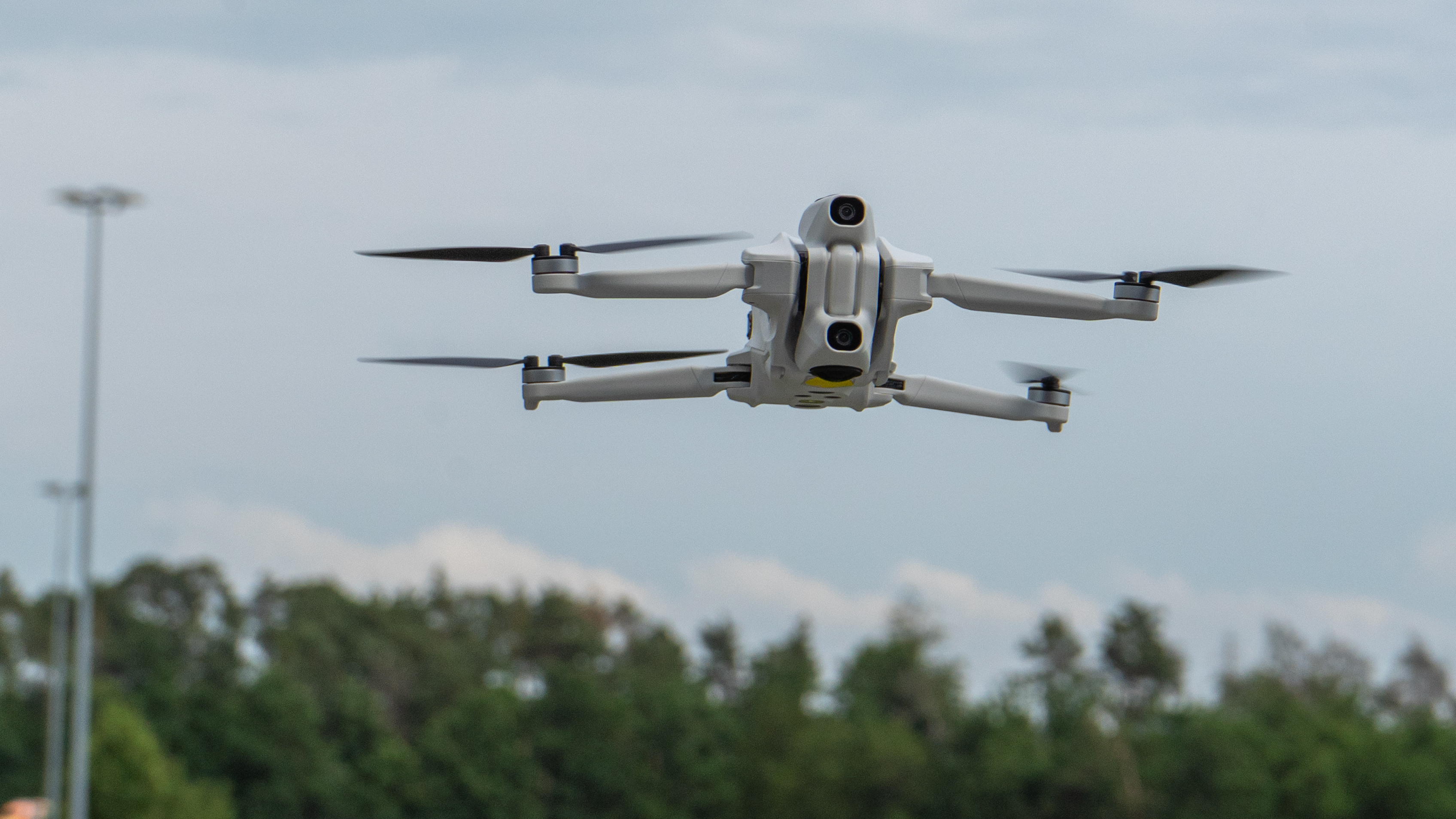
There was another attention-grabbing feature mentioned at the launch. The drone can detect if its carrying weight and will refuse to take off, as a safety feature. This might assure people this product, at least, was very definitely for "fun and creative use" (as Antigravity put it) and not to be imaginatively repurposed.
Will this completely change drones with a single product? Possibly not, because the resolution in any one direction (i.e. on a standard crop) is a little more limited than a drone that can (or is forced to) point a lens and sensor in a specific direction.
For a fun experience, though, there is a lot ot be said for this, and for quick and clever shots it's possible to pull things off, even for beginners, which are more or less impossible for all but very experienced pilots of 'traditional' drones – FPV or typical camera drones.
I hope that this level of innovation is rewarded with a decent chunk of market share because, while it isn't the answer to everything, it's the answer to a lot – and it is a lot of fun!
You might also like
One company often performs well in our guides to the best camera drones and best drones for beginners – DJI – If you fancy a 360-degree camera that you can't lift as high as the Antigravity then you might be interested to learn that I recently reviewed their new Osmo 360 – yes there seems to be a bit of a battle brewing as each company tries out the opposing market!

With over 20 years of expertise as a tech journalist, Adam brings a wealth of knowledge across a vast number of product categories, including timelapse cameras, home security cameras, NVR cameras, photography books, webcams, 3D printers and 3D scanners, borescopes, radar detectors… and, above all, drones.
Adam is our resident expert on all aspects of camera drones and drone photography, from buying guides on the best choices for aerial photographers of all ability levels to the latest rules and regulations on piloting drones.
He is the author of a number of books including The Complete Guide to Drones, The Smart Smart Home Handbook, 101 Tips for DSLR Video and The Drone Pilot's Handbook.
You must confirm your public display name before commenting
Please logout and then login again, you will then be prompted to enter your display name.
